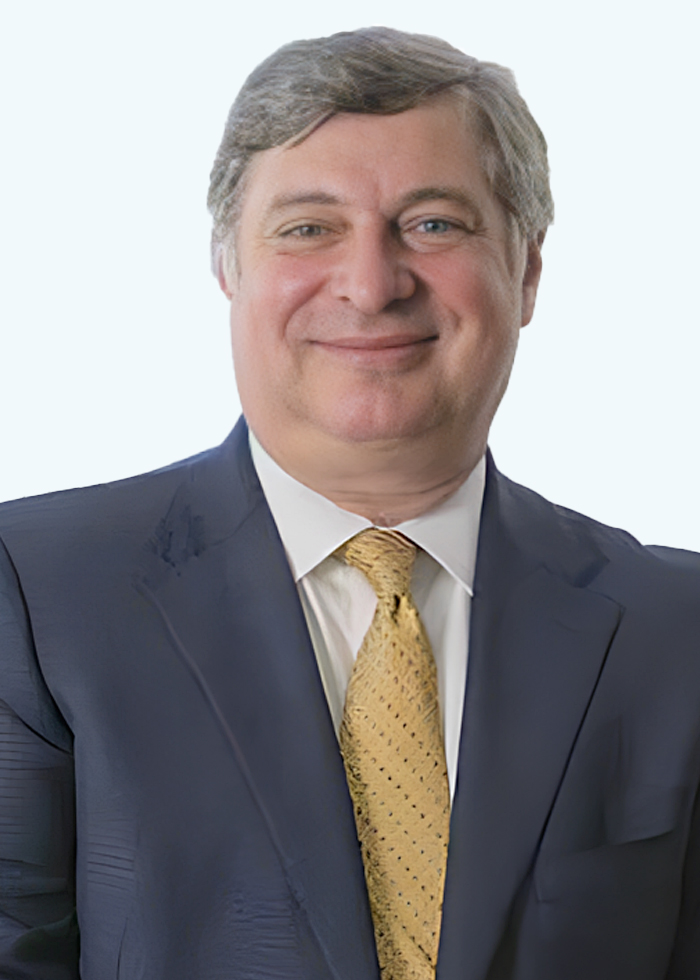You may be surprised to realize your patent has many audiences. The list includes you (the inventor), your inventor peers, Patent Examiners, investors and business people, other lawyers, and in some cases, a judge and jury. A good patent application will effectively address the needs of each audience.
Obviously, the application reflects the inventor’s work and creativity. Often the application will include parts and descriptions written by the inventors, and so has the inventor’s own voice. The patent provider will incorporate as many of the inventor’s ideas and suggestions as possible with the goal of protecting as many variations of the invention as possible. In any case, you, the inventor, should be happy and satisfied with the application’s content.
It may also be read by your peers. This happens frequently in highly technical fields, such as biotechnology and engineering. Here a premium is placed on scientific content and accuracy. Most inventors enjoy the feeling of statisfaction that comes when their application publishes and their ideas have become a part of the technical literature. Published patents provide important teachings and are considered an important scientific resource. The publication part of the process helps fulfill the patent systems constitutional purpose of advancing the useful arts and sciences, by making technical knowledge publicly available that may otherwise remain secret.
Another important reviewer is the patent examiner at the US Patent and Trademark Office. The patent examiner has highly regulated criteria that the patent must be met before allowance. The Manuel of Patent Examining Procedure (MPEP) is the reference source for the patent examiner and contains thousands of pages that direct the Examiner though the proper examination of the patent application. The patent must meet the criteria set forth in the MPEP and the patent laws in general including novelty and non-obviousness, as well as numerous other details of a highly complex nature.
If the patent is filed internationally, the patent application must meet the requirements of each patent office in which the application is filed. While there are many similarities in the patent systems world wide, there are also important differences. The patent application should be drafted to be acceptable in as many of these different systems as possible. Issues such as application length and claim type can have dramatic impact on the cost of international protection.
The application will also potentially be viewed by investors and business people as well. If the patent is the subject of a license or sold as an asset the patent may be reviewed by the purchasers or licensees. In addition to the business professionals involved in a transaction, the patent may also be reviewed by another patent professional in the case of licensing, due diligence, or potential litigation. Here, the patent will be closely scrutinized to ensure that it meets all the legal requirements for sound patent protection. The tiniest mistake or imperfection will be uncovered, and potentially exploited.
Finally, if the patent is used against an infringer in court, the patent will be heavily scrutinized by opposing counsel. Parts of the application will need to be interpreted and understood by the judge and jury. Here, clear drafting and concise prose free of obtuse language and jargon will be of great benefit.
A patent practitioner with experience in many if not most of these areas will be in the best position to draft an application likely to address the needs of each of these audiences.

